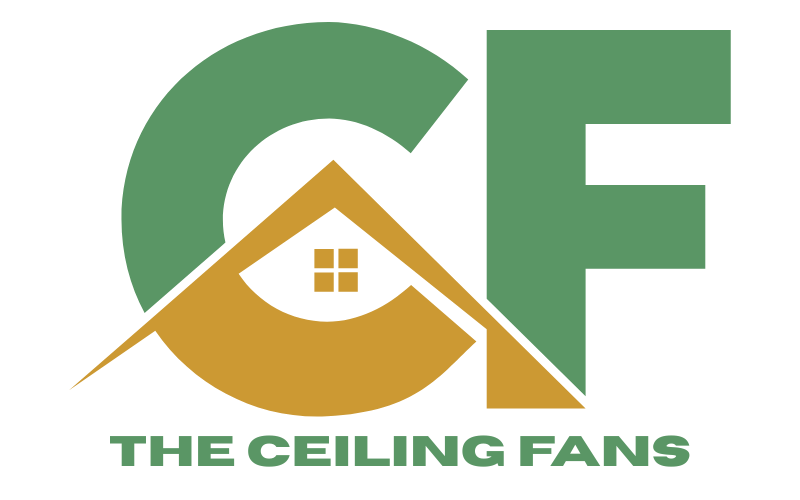Fans are an essential part of many homes, especially in warm or humid climates. Among the different types available, ceiling fans and table fans are the most commonly used. Each has its own advantages and disadvantages depending on the space, purpose, and personal preferences. This article explores the key differences between ceiling fans and table fans to help you make an informed decision.
1. Design and Placement
Ceiling Fan
Ceiling fans are mounted on the ceiling and are typically fixed in one position. They are designed to circulate air throughout the entire room from above, providing a consistent breeze across a larger area.
Table Fan
Table fans are portable devices that can be placed on tables, desks, or other flat surfaces. They are generally smaller, and their airflow is more focused and directional. You can easily move them around as needed.
2. Air Circulation and Coverage
Ceiling Fan
Designed for whole-room ventilation.
Distributes air evenly over a wide area.
Ideal for larger rooms like bedrooms, living rooms, or offices.
Table Fan
Best for personal use and small areas.
Provides a strong, direct airflow in a particular direction.
Suitable for individual cooling, such as at a work desk or study table.
3. Power Consumption and Efficiency
Ceiling Fan
Generally more energy-efficient for cooling large spaces.
Consumes less power per square foot of air circulation.
Modern ceiling fans often come with energy-saving features like BLDC motors.
Table Fan
Uses less power overall but is less efficient for covering large areas.
Best for targeted cooling rather than entire-room ventilation.
4. Installation and Maintenance
Ceiling Fan
Requires professional installation.
More difficult to clean and maintain due to its fixed height.
Long-term solution that adds to the home’s infrastructure.
Table Fan
Easy to set up just plug and play.
Simple to clean and maintain.
Can be stored away when not in use.
5. Noise Levels
Ceiling Fan
Typically quieter during operation.
Produces a soft, consistent sound which some people find soothing.
Table Fan
May produce more noise, especially at higher speeds.
Some models vibrate or rattle if not well-built.
6. Cost and Affordability
Ceiling Fan
Higher upfront cost due to installation and size.
Offers better long-term value for larger rooms.
Table Fan
More budget-friendly.
Ideal for those who need a temporary or personal cooling solution.
7. Portability and Flexibility
Ceiling Fan
Fixed in place and cannot be moved.
Not ideal for renters or temporary living spaces.
Table Fan
Lightweight and portable.
Can be used in different rooms or even taken outdoors.
8. Aesthetic and Space Usage
Ceiling Fan
Blends with the room’s décor; some models even come with lights.
Saves floor and table space.
Table Fan
Takes up surface space and might clutter small areas.
Available in many designs, but less integrated into room aesthetics.
Which One Should You Choose?
The right fan depends on your specific needs:
Choose a ceiling fan if you want consistent, room-wide cooling with better energy efficiency and a permanent fixture.
Choose a table fan if you need a flexible, personal cooling option that’s easy to move, clean, and store.
Conclusion
Both ceiling fans and table fans have their unique advantages. Ceiling fans are great for full-room coverage and long-term use, while table fans are ideal for individual cooling and short-term or portable needs. Understanding the differences in performance, cost, and convenience will help you pick the right fan for your space and lifestyle.
